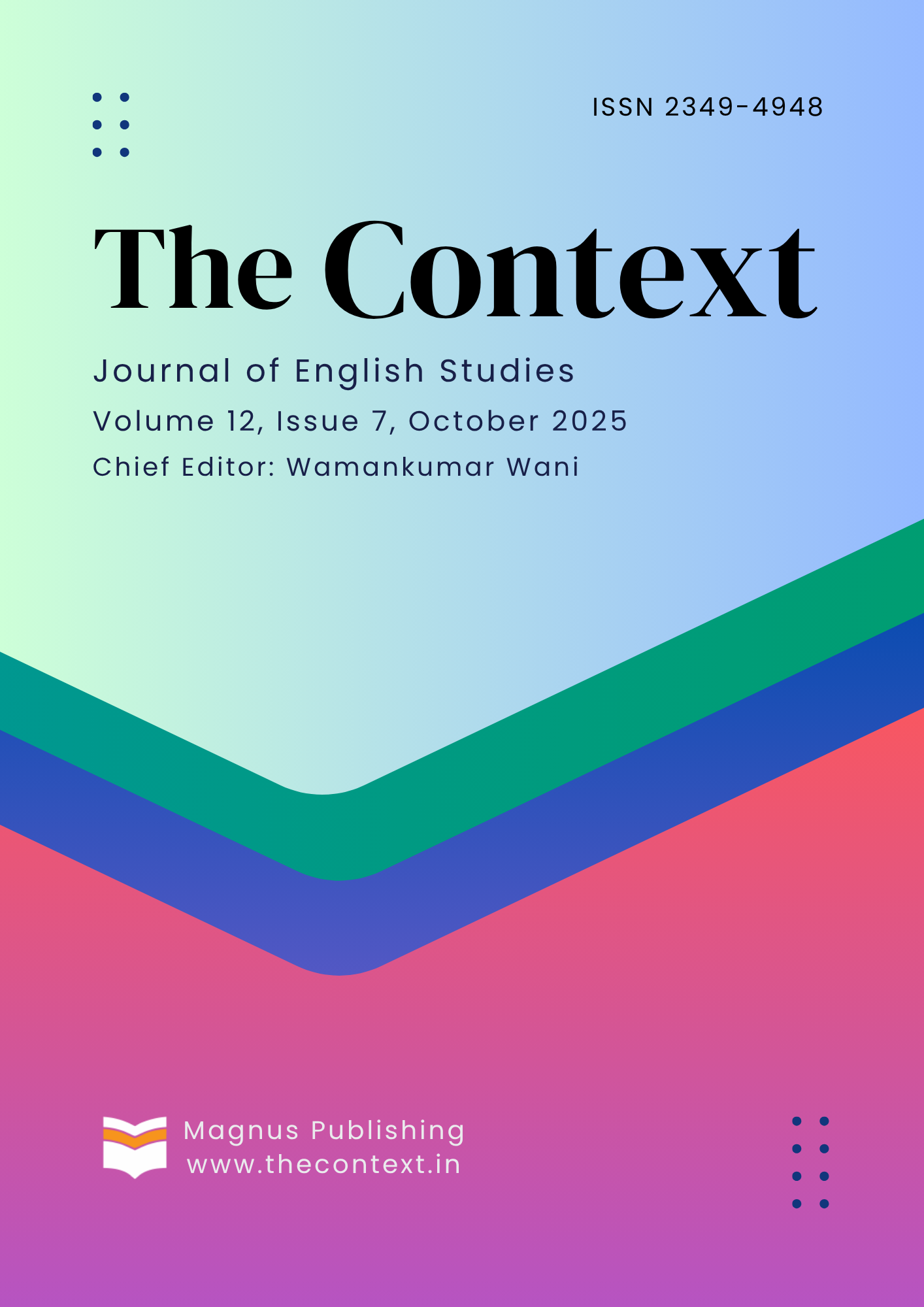Digital Affect and Narrative Form in Saharu Kannanari’s Chronicle of an Hour and a Half
https://doi.org/10.5281/zenodo.17292030
Keywords:
social media culture, rumours, mob lynching, genderAbstract
Saharu Nusaiba Kannanari’s Chronicle of an Hour and a Half revolves around a rumour that achieves gargantuan dimensions through its circulation on WhatsApp. The debut novel is a clever critique of WhatsApp culture, where distorted information is disseminated at a breathless pace, confounding and provoking people to lose their humanity. It is also a comment on how social media becomes a tool for vigilante justice and moral policing, veiled under personal insecurities. The paper will try to analyse the role of social media in amplifying misinformation, shaping public perception, and inciting real-world consequences. The paper will try to locate the dichotomous position of WhatsApp, often perceived as a tool for convenience and connection, which is here portrayed as a vehicle for destabilizing communities, eroding social cohesion, and perpetuating a cycle of violence. On the other hand, it is only through WhatsApp and the ensuing brutality that the social propriety and the so-called peaceful community are exposed as terribly hypocritical and essentially fake. The analysis will delve into the consequences of the unchecked circulation of unverified information, examining how the digital age has blurred the lines between fact and fiction and the profound impact this has on individual lives and societal harmony. The insertion of social media also offers a powerful critique of vicious machismo and dubious sense of honour (always localised on the woman’s body), in Kannanari’s provincial town of terrible orthodoxies, where female desire is punished and where everyone is complicit in mass murder. Finally, the paper will also discuss the anonymity offered by social media, in this case, to the raging homogenous blob of faceless, self-righteous, violent men.
Downloads
Downloads
Published
How to Cite
Issue
Section
License
Copyright (c) 2025 The Context

This work is licensed under a Creative Commons Attribution 4.0 International License.






